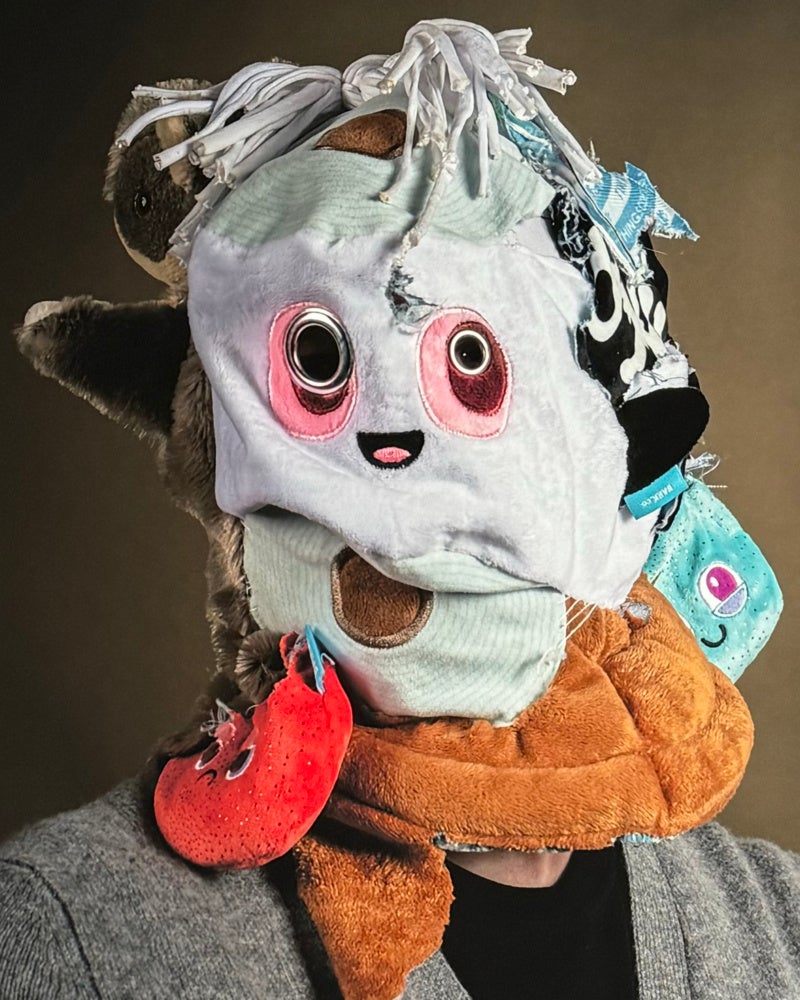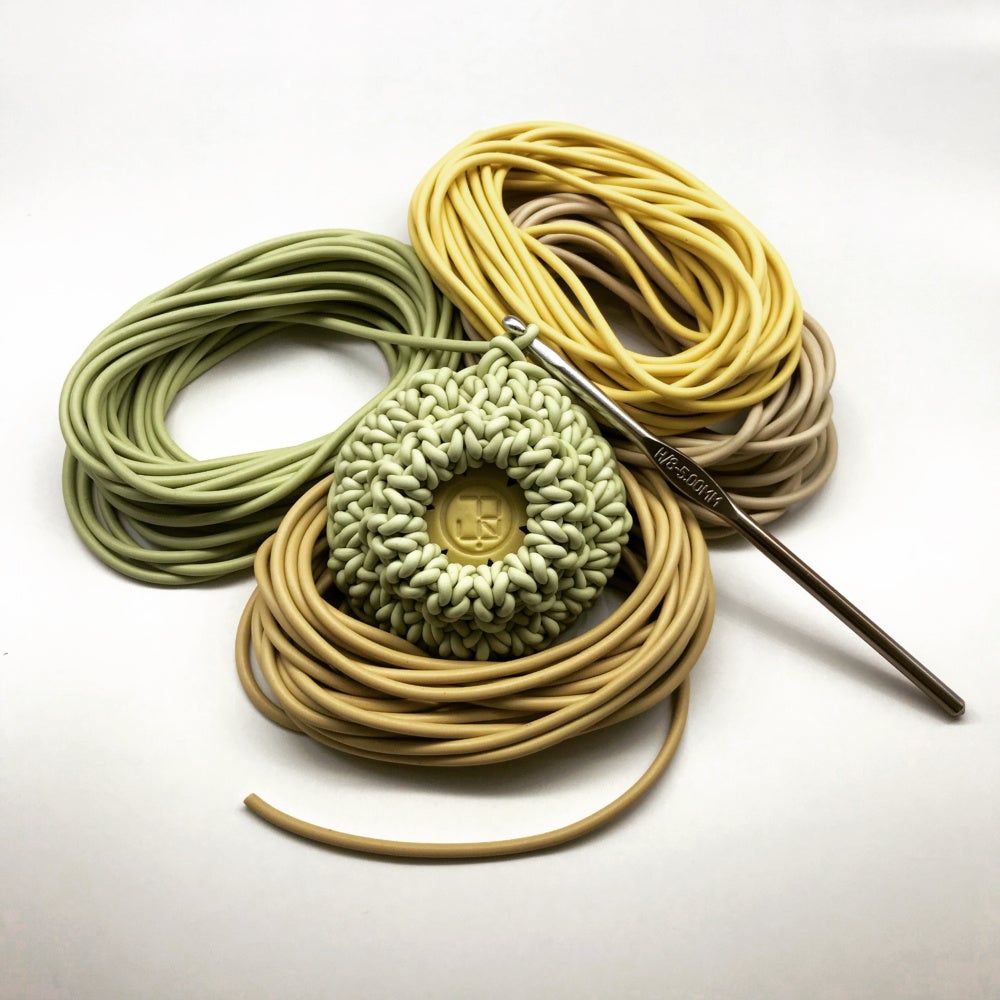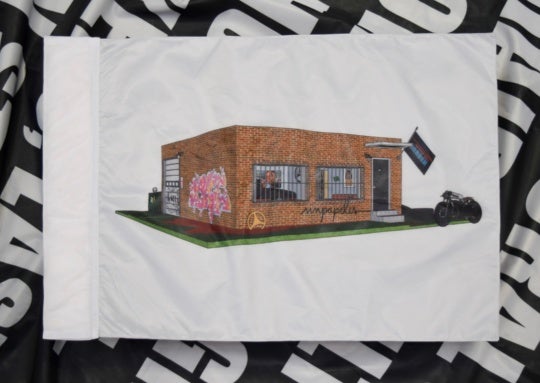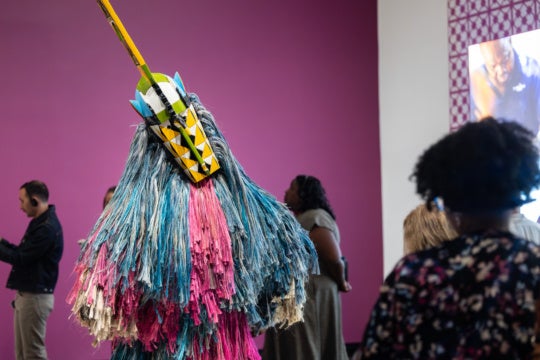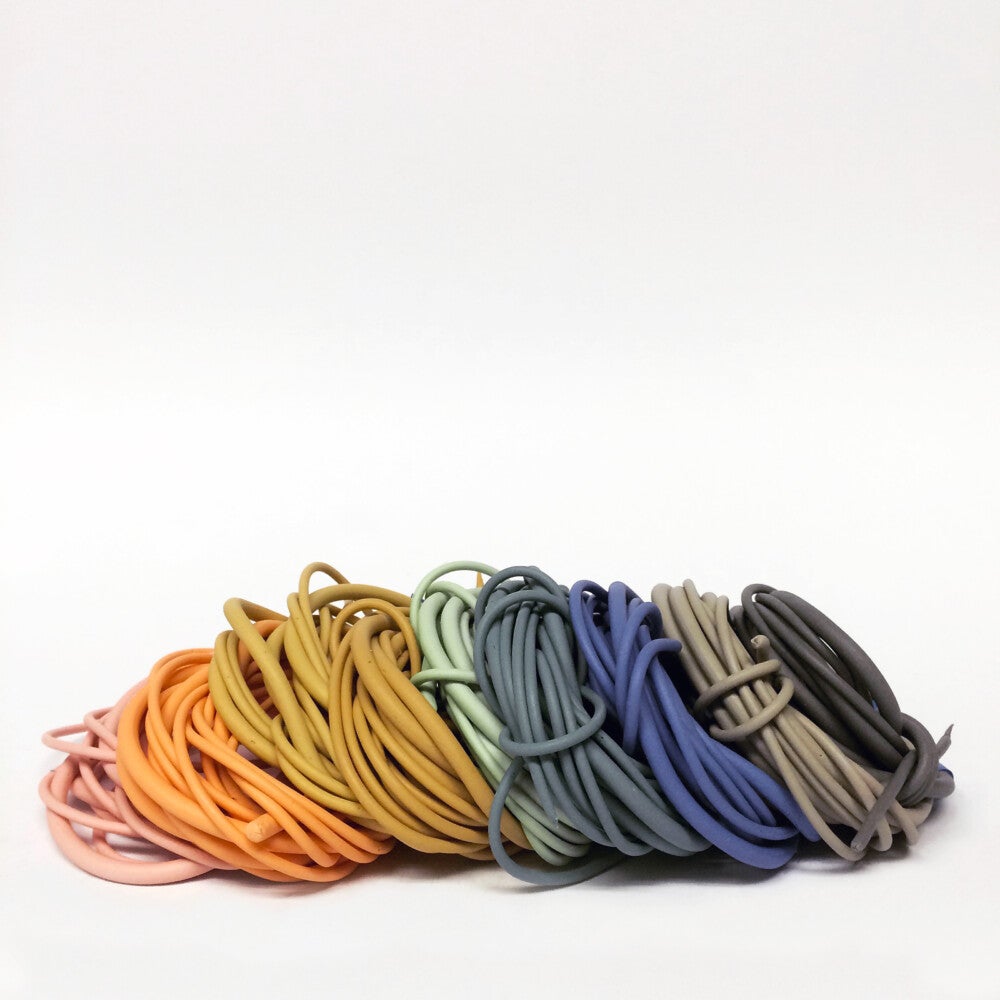
For the past ten years, Jeremy R. Brooks fixated on finding the perfect clay body to feature instances of kink, both formally and unconventionally. By developing a unique blend of materials that possess elasticity rather plasticity traditionally found in common clay recipes, Brooks weaves, knits, and crochets stretchy and elastic forms associated with sexual intimacy.
Jocksygen (Cup) (2021) examines the jock strap from a queer perspective. The artist, now based in Conway, SC, describes himself as, “a droll ceramophile that was afflicted with occasional bouts of decalcomania”, meaning he is a lover of all things ceramic inspired by history and decorative surface techniques. Brooks embraces sexual innuendoes with Crossed Swords (Condoms) (2021), a references to the act of two men touch their penises together, or My Cup Runneth Over (Pink Sock) (2021), a pink sock being slang for prolapsed anorectal tissue that protrudes out of the anus after anal intercourse.
Brooks’ transverses desire and interpersonal encounters in his body of work, subverting the portrayal of penis protectors in porcelain by making each piece slightly smaller or marginally larger than their functional counterparts.
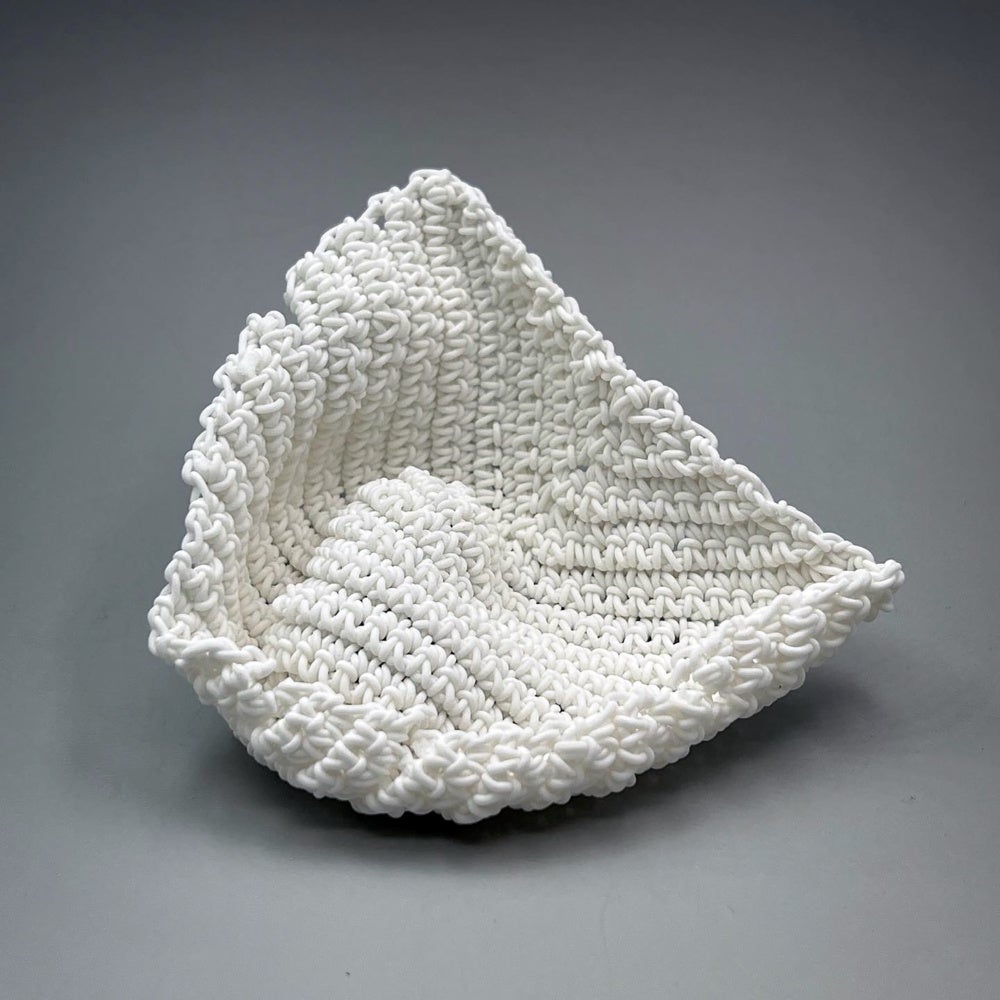
I spoke to Jeremy R. Brooks on clay’s snug, often erotic, relationship to the body. This interview was edited for length and clarity.
Alyssa Velazquez: At one point you thought of calling your crocheted objects “fancy” work, what made you decide to title them kink?
Jeremy R. Brooks: “Fancy work” is used to describe a category of sewing work, which includes knitting, crochet, and embroidery that is decorative. This category is in opposition to “plain work,” which has a more functional bend to it. But the work I was making really wasn’t decorative, so it started to feel like a misnomer. Eventually I settled on “kink,” which can be defined in two ways. One, a sharp twist or curve in something that is otherwise straight. Two, unconventional sexual preferences or behavior.
Kink really tied together aspects of materiality and concept connecting sexual identity into an enticing little package.
AV: What is the interplay between kink and clay?
JRB: They can both be so dirty! Just ask any sexpot.
AV: Objects in your kinky clay series are predominately made from plastics or byproducts of petrochemical manufacturing, how does the translation into clay change, critique, alter, break down, or break apart these objects, both physically and metaphorically?
JRB: My work is always about something other than the real thing. Additionally, there is the technical marvel of it all—“This can’t possibly be clay…?!” It really causes the ceramic minded to rethink everything they know about the material. I guarantee this work will have your thoughts on materiality hanging by a thread.
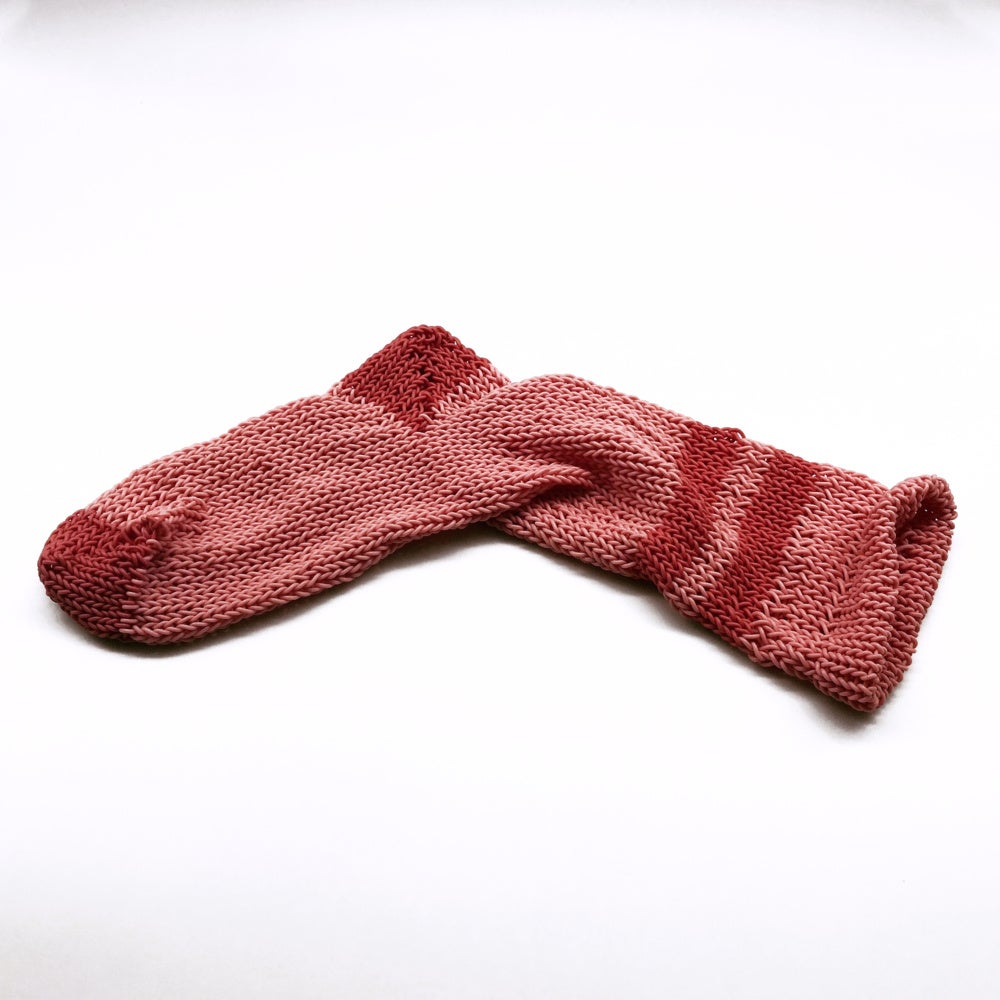
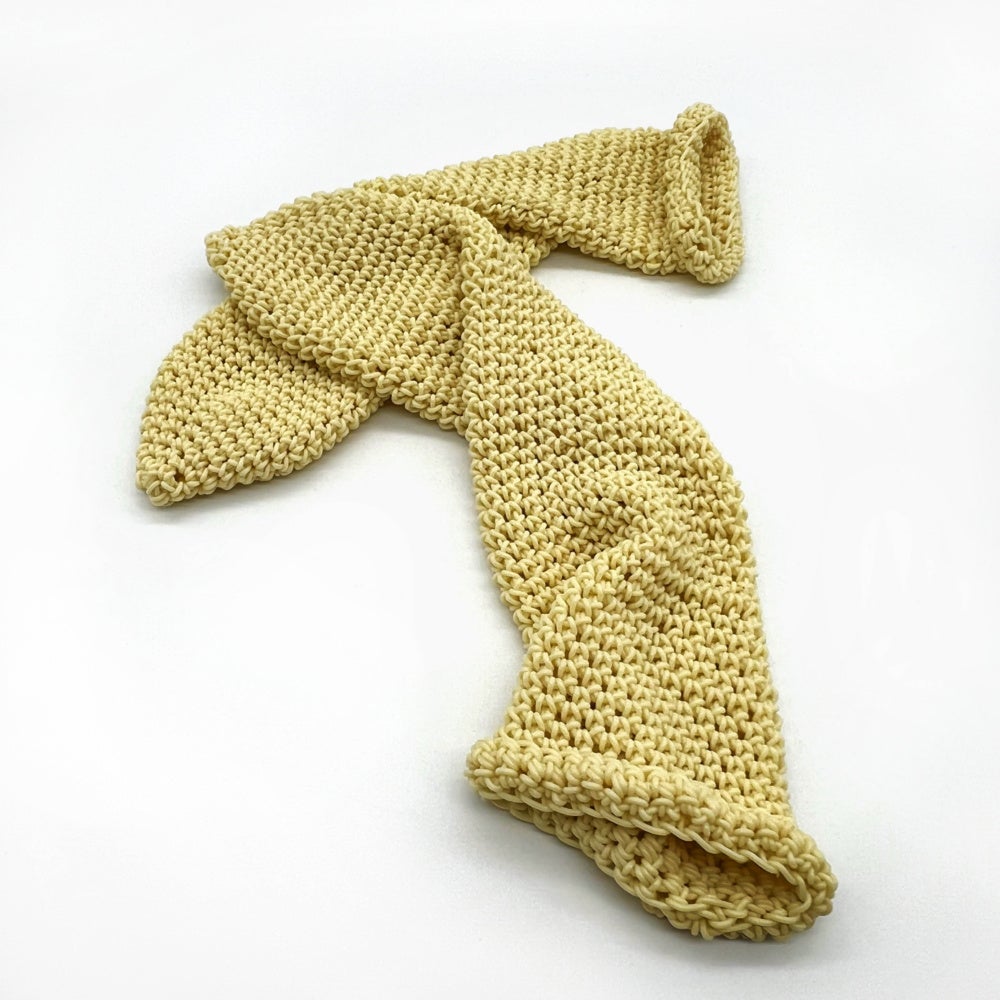
AV: The material you use in “elastic clay” can be crocheted, knitted, or woven. How do you decide which dynamic forms should be knitted, crocheted, or woven?
JRB: Crochet is my default forming method because the work is constructed one stitch at a time. This is a really important consideration due to the fact that the clay is elastic and each stitch holds itself in place. Knitting, on the other hand, is much more challenging because the work is constructed with several stitches at a time. If an elastic clay thread breaks while knitting, which is very common, it will undo several rows of work. Weaving poses similar challenges because elastic clay is difficult to pin down and hold in place by itself. But sometimes I am up for a technical challenge, and [I am] a glutton for punishment.
AV: What role does the body play in your work? That body being your own or someone else’s.
JRB: This work is very physical for me to produce from making the clay to knitting/crocheting the final forms. It is hard on my hands, and there are physical limits to each piece’s construction. I can crochet until my hands are sore, and then my body needs time to recoup. Each stitch is a measure of time and energy spent to construct the work, which is something that can be clearly recognized as a formal element in the work.
AV: Past group exhibitions you participated in showcased works in the ceramic arts in terms of sin, desire, or queerness, can you share a little bit of your own artistic statement on the provocative potential of clay?
JRB: Sexuality and ceramics have a long history together. Some of the oldest artworks in existence today include a number of prehistoric fertility figurines made from fired clay; artworks so old they predate pottery by 5,000 years. This is a compelling thread of history to me, one I enjoy weaving into the content of my work. Manifesting the sexual in ceramics is a way I can honor the past and create a degree of tension with the viewer. This occurs because people generally are not accustomed to associating sexuality with ceramic wares. To most, a cup might not seem to be an obvious form to depict something sexual, however we perform one of our most sensuous acts through its use. Pressing our lips to the rim of a cup shares a strong parallel to that of a soft kiss. What we routinely expect and experience through ceramics in our daily lives is what I strive to challenge in my research and through the work I create.
AV: Who (or what) are you crushing on right now?
JRB: I’ve been crushing on Norman Rockwell inspired ceramic collectables for some time now. I use them as components in assisted readymade sculptures with an aim to subvert the heteronormative perspective of Norman Rockwell’s portrayal of American life. They are quite queer!
